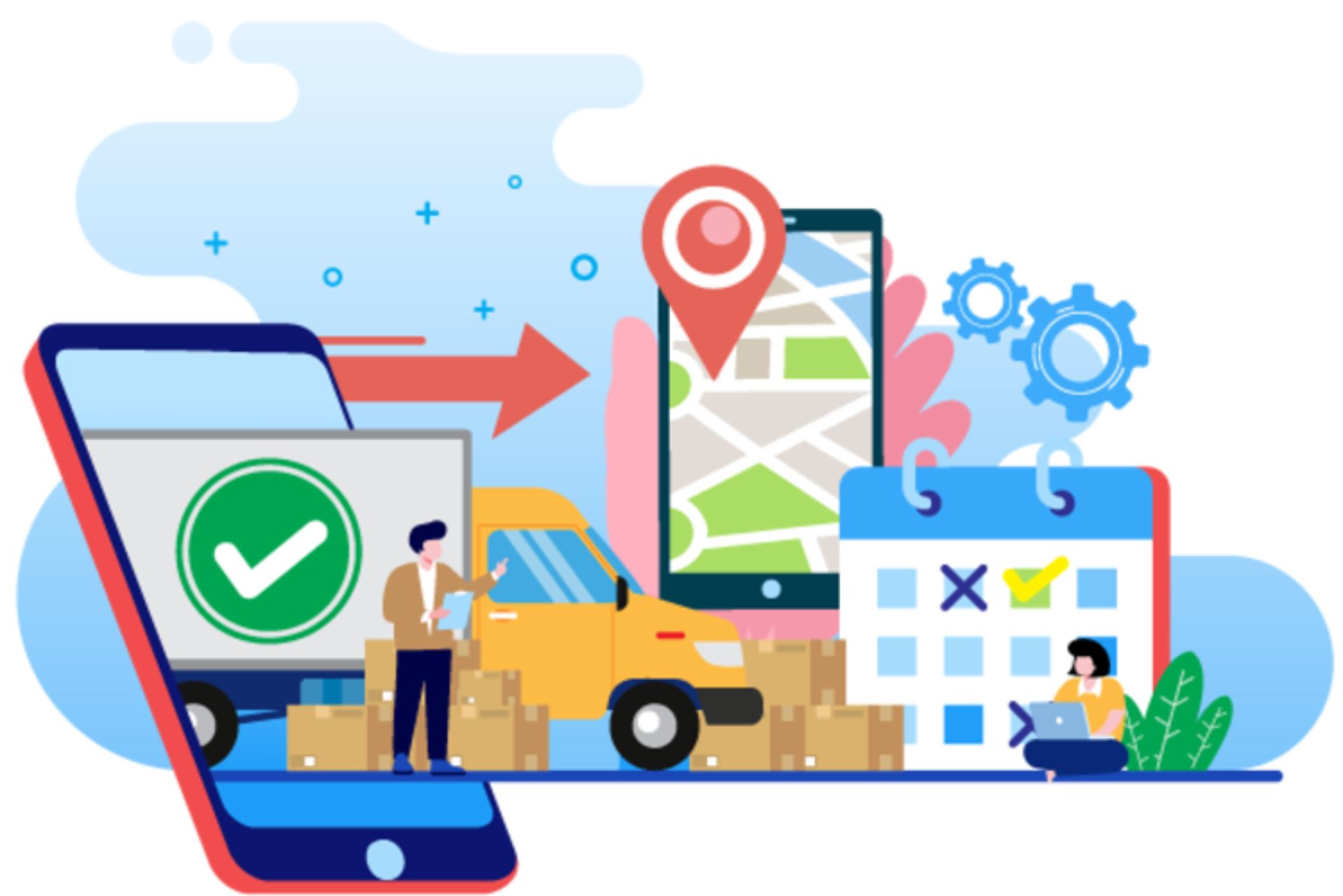#1 E-Commerce and Drop Shipping Course with Certification
Classroom Training | Live Online Session
Learn E-Commerce and Drop Shipping to maximize your effort and eventually amplify your skills with this Online & Offline E-Commerce and Drop Shipping Course. Get familiar with all the E-Commerce and Drop Shipping concepts and strategies with this course.

1-on-1
Mentoring Sessions
Beginner
Course Level
Flexible Per Course
Timing
1000+
Students Trained
E-Commerce and Drop Shipping Course Details
Industry-Relevant Curriculum
1:1 Mentoring Session with Expert Trainers
No Prior Experience/Knowledge required
Access to LMS
Dedicated Q&A Support & Doubt Solving Sessions
Practice Tests & Assignments
Get Brochure Now !
What Our Students Say
 “I enrolled for ProiDeators SEO, Social Media short-term certification courses. I am satisfied with this course and teaching. Also, I got all certificates from there for SEO & Social Media. I would totally recommend going for these short-term certification courses.”
“I enrolled for ProiDeators SEO, Social Media short-term certification courses. I am satisfied with this course and teaching. Also, I got all certificates from there for SEO & Social Media. I would totally recommend going for these short-term certification courses.”
– Pooja Yadav
Student of SEO & Social Media
 “Best short term course for Website Development & Google Analytics. Excellent institute for practical knowledge. It gives you quality as it promises. Specially the teachers are very good who teach with examples that make it easy to understand.” Best Digital Marketing Courses Institute.
“Best short term course for Website Development & Google Analytics. Excellent institute for practical knowledge. It gives you quality as it promises. Specially the teachers are very good who teach with examples that make it easy to understand.” Best Digital Marketing Courses Institute.
– Pratik Shirore
Student of Masters in Digital Marketing, India
E-Commerce and Drop Shipping in Digital Marketing Training Courses at Thane, Mumbai – India
Ecommerce is the most popular term used to define online store or online retail. It is well-known as electronic commerce where people can buy and sell goods or services over the internet. It involves commercial transaction online basically through website or online platforms. E-commerce has revolutionized the way businesses operate, providing opportunities for global reach, convenience, and scalability. Ecommerce and dropshipping are the two related concepts in the realm of online retail.
Below are the key features of ecommerce:
Online Stores: E-commerce typically involves the establishment of online stores where businesses can showcase their products or services. These stores can be dedicated websites or can be hosted on e-commerce platforms that provide tools and functionalities for online selling.
Product Catalog: E-commerce stores feature a product catalog that displays the range of products or services available for purchase. Product descriptions, images, pricing, and other relevant information are provided to assist customers in making informed buying decisions.
Shopping Cart and Checkout: E-commerce websites have a shopping cart system that allows customers to add products to their virtual cart as they browse. Once customers are ready to complete their purchase, they precede to the checkout process, where they provide shipping details, select payment options, and finalize the transaction.
Payment Gateways: E-commerce platforms integrate with various payment gateways to facilitate secure online payments. Customers can choose from a range of payment methods, such as credit/debit cards, digital wallets, or bank transfers.
Order Fulfilment: E-commerce businesses are responsible for fulfilling orders, which includes packaging products, arranging shipping or delivery, and providing tracking information to customers. They may handle fulfilment in-house or partner with third-party logistics providers (3PLs) for storage and shipping.
Customer Support: E-commerce stores typically offer customer support channels, such as email, live chat, or phone, to assist customers with inquiries, returns, or any issues they may encounter during the buying process.
What is Dropshipping and how it is beneficial in ecommerce?
Dropshipping is a specific business model within e-commerce where the retailer does not keep inventory in stock. Instead, the retailer partners with suppliers or wholesalers who handle the inventory and shipping logistics.
Here are some key features of dropshipping:
Supplier Relationships: Dropshipping retailers establish partnerships with suppliers who maintain inventory and fulfill orders on behalf of the retailer.
Product Selection: Dropshipping retailers curate a selection of products from their suppliers’ inventory to feature on their e-commerce store. They have the flexibility to offer a wide range of products without the need for inventory storage.
Order Processing: When a customer places an order on the retailer’s online store, the retailer forwards the order details to the supplier. The supplier then handles the picking, packing, and shipping of the products directly to the customer.
Inventory Management: Dropshipping retailers are not responsible for managing inventory or stock levels. They rely on their suppliers to keep inventory up to date and ensure products are available for fulfillment.
Profit Margins: Dropshipping retailers typically earn their profit by marking up the product prices above the wholesale price charged by the supplier. The difference between the retail price and the wholesale price covers the retailer’s operating costs and profit margin.
Advantages and Challenges: Dropshipping offers several advantages, such as low upfront investment, flexibility in product selection, and the ability to scale quickly. However, challenges can include lower profit margins, potential issues with product quality or fulfillment, and reliance on suppliers for inventory management and shipping.
However E-commerce and dropshipping provide businesses with opportunities to reach a wide customer base, sell products or services online, and operate with flexibility and scalability. E-commerce includes a wider spectrum of online selling with dropshipping.
